Last of the Affordable RWD Coupes? Toyota GR86 vs 2024 S650 Ford Mustang EcoBoost
When you picture the modern Ford Mustang facing off against its competition, you surely picture the Chevrolet Camaro and Dodge Challenger as the ‘Stang’s key rivals— likely equipped with a V8 engine.
But we all know those pricier V8 models have always made up just a portion of Mustang sales. Today, the less expensive four-cylinder EcoBoost Mustang is a potent enthusiast vehicle in its own right.

However, the small-engined Mustang also faces competition from cheaper sports cars that the GT doesn’t. Cars like the Toyota GR86 (or its Subaru twin the BRZ).

And the two entries have never been better. For the ‘22 model year, the GR86 switched to its much-improved second-generation version and the Mustang is also in the midst of a changeover from the S550 to the refreshed S650 generation.

So we thought we should take look at how these two four-cylinder, rear-drive, two-door coupes match up from both an experience and value perspective.
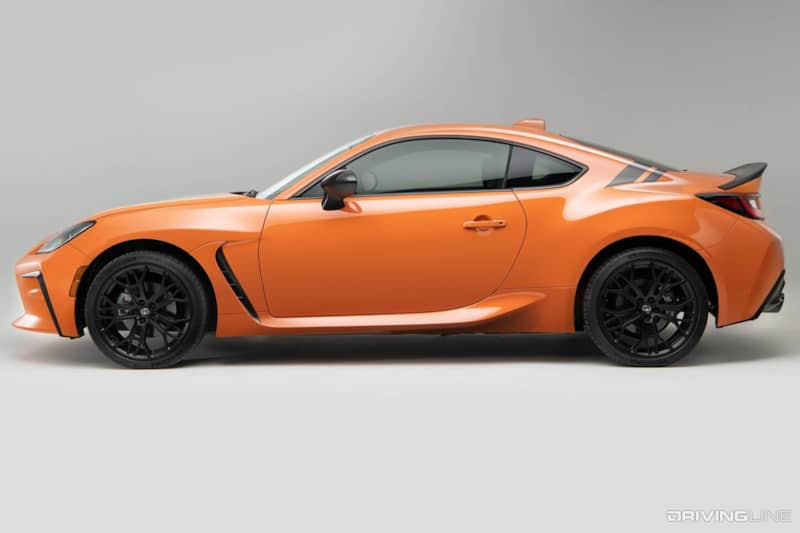
Power vs. Weight
While only 100cc of displacement separates the 2.3 liter Mustang EcoBoost and 2.4 liter GR86, it’s the Mustang’s turbocharger that gives it a major edge in output—315 horsepower and 350 pound-feet of torque to the Toyota’s 228 horsepower and 184 pound-feet.
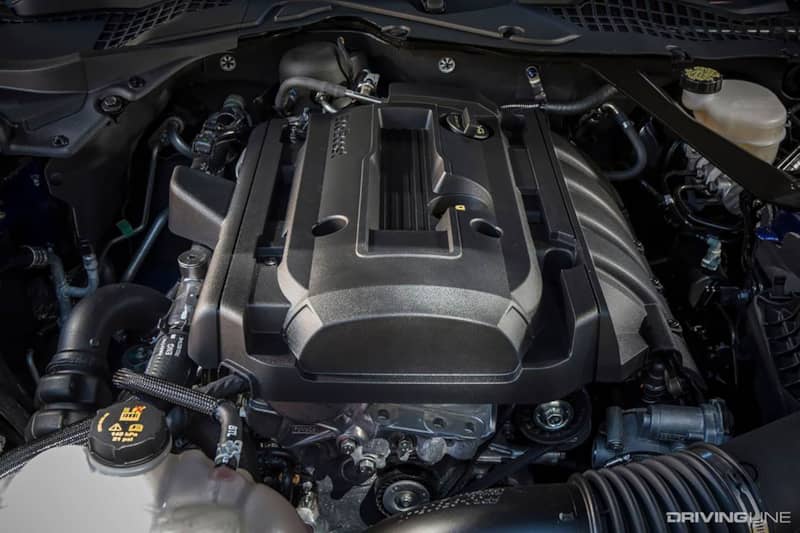
Yet interestingly, even in a straight drag race the two cars aren’t as far apart as you might think. Depending on specific options, an EcoBoost Mustang usually runs mid to high 13-second quarter miles. While the current GR86 should be in the low 14-second range.

The GR86 can hangwith the turbo Mustang because it’s a much lighter car, almost 800 pounds lighter, depending on specifics. Its less powerful engine simply has a lot less car to move.
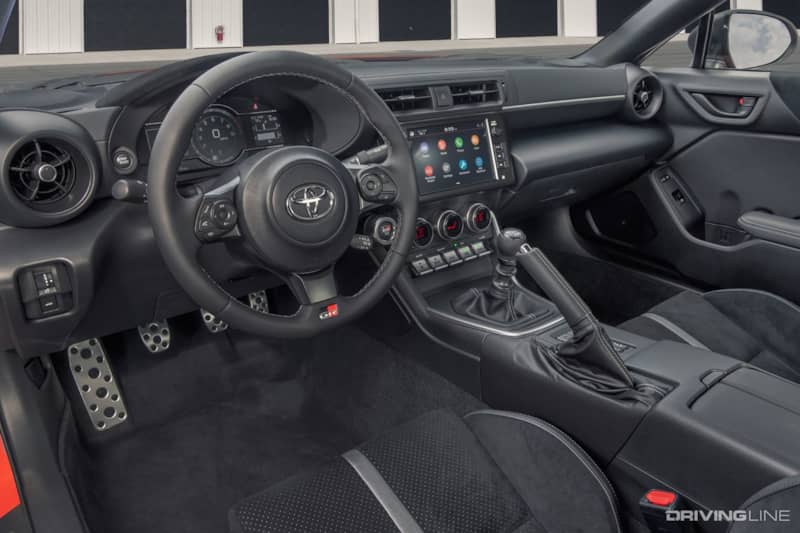
On the other hand, the Mustang should be the more refined experience, with a larger, quieter cabin and a less-edgy personality than the lightweight Toyota.

The Value Play?
The GR86 has the cheaper entry price, starting under $29,000 and climbing towards $35,000 for a loaded example. The base model 2024 Mustang EcoBoost will start at $32,000 and that price can grow quickly once you start adding options.
On the bright side, the EcoBoost High Performance Package delivers some very nice equipment (Brembo brakes, more aggressive suspension, etc.) for a modest $3500 upcharge. And you can still spec out a base ‘24 Mustang with the Performance Package for about $36,000.

All things considered, both cars are priced very well. The GR86 is simply one of the cheapest new sports cars on the market, while the EcoBoost Mustang can save a buyer lots of money over the increasingly expensive V8 Mustang GT, which now has a minimum price around $44,000.
What About V8 Envy?
Speaking of the GT, While the Mustang EcoBoost should outdo the GR86 in performance figures, it still (perhaps unfairly) has to deal with the “should have got the V8” or rental car image that’s associated with lower model pony cars.

The GR86 doesn’t have that problem because what you see is what you get. All GR86s (and Subaru BRZs) have the same horsepower, and the perception of the car has always been built around handling and response rather than outright power.
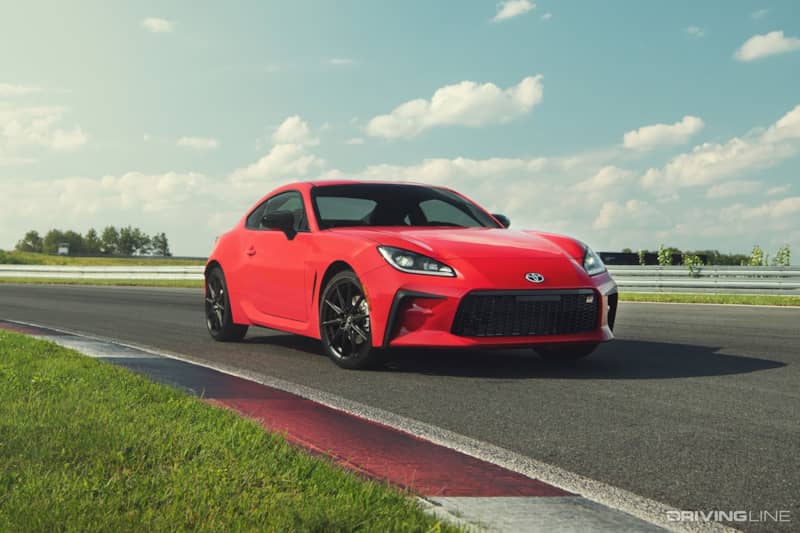
Now this psychological issue doesn’t affect the Mustang's driving experience at all, but it’s something to consider. Especially if you buy an EcoBoost Mustang and plan to add more power later or spend a lot of money for aftermarket upgrades. And there are always those people who just can't accept a pony car without a V8.

One more critical thing to note is that for the S650 generation, Ford no longer offers a manual transmission option for the Mustang EcoBoost—the 10-speed automatic is now standard. You can, however, still get a stick shift Mustang, but you'll need to step up to the GT to do so.

The GR86 meanwhile, continues to offer a six-speed manual as standard equipment with a six-speed automatic as an option. And unlike the Mustang's torquey turbo motor that's well-suited to automatic, the GR86 loses both fun and performance with the automatic option.

The Beauty of Choice
Beyond that, each car will appeal to different types of drivers, with the Toyota favoring quick reflexes and a distinct sports car personality versus the Mustang’s more powerful, more comfortable take on the rear-drive coupe.
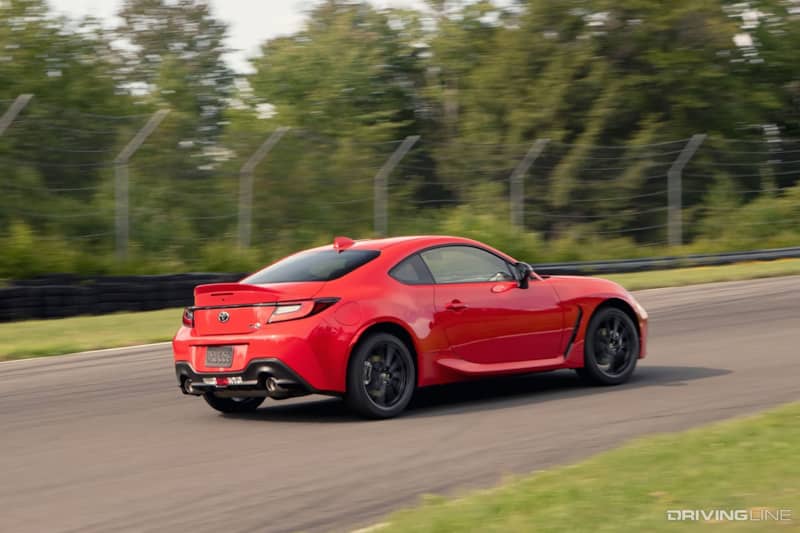
Ultimately, value and fun are the key mission for both of these cars. And in the spiral of ever-increasing new car prices, both Ford and Toyota deserve huge credit for keeping both of these rear-drive enthusiast machines attainable.

Right now it’s hard to say how much longer we’ll be able to purchase new cars like this at all, so let’s enjoy it while we can.
More From Driving Line
- Looking for some help choosing between the nearly identical GR86 and BRZ? Here are some things to consider.







